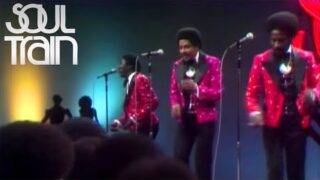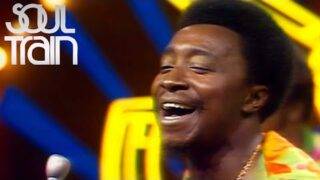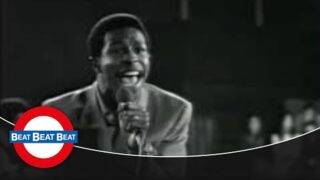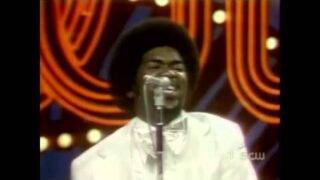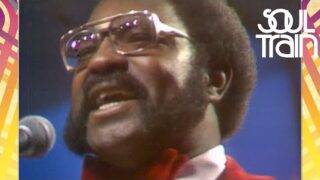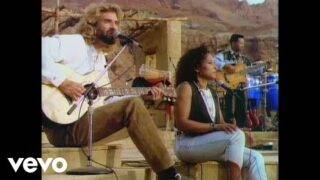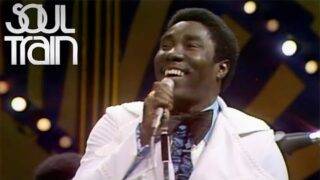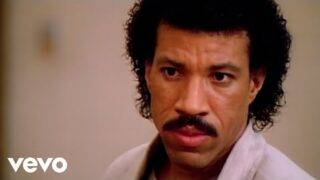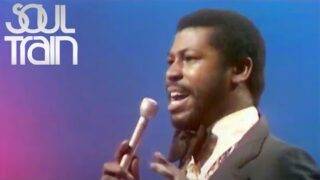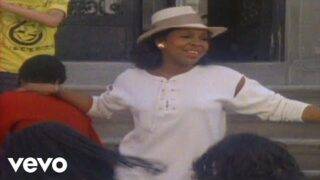Buddy Holly
1KBuddy Holly, born Charles Hardin Holley on September 7, 1936, in Lubbock, Texas, was a pioneering figure in the mid-20th-century rock and roll scene. His short but influential career left an indelible mark on popular music.
Holly grew up in a musical family and was exposed to a variety of music genres from a young age. He learned to play guitar, piano, and violin, and was influenced by country music, blues, and gospel. He formed his first band, “Buddy and Bob,” with his friend Bob Montgomery in the early 1950s, initially focusing on country and western music.
Holly’s transition to rock and roll was inspired by seeing Elvis Presley perform in 1955. He soon formed a new band, later known as The Crickets, with drummer Jerry Allison, bassist Joe B. Mauldin, and rhythm guitarist Niki Sullivan. They began recording in 1956, and Holly’s unique style—combining rockabilly, rock and roll, and pop influences—quickly gained traction.
The Crickets’ first big hit, “That’ll Be the Day,” released in 1957, rocketed Holly to fame. This was followed by a string of successful singles, including “Peggy Sue,” “Oh, Boy!,” “Maybe Baby,” and “Rave On.” Holly’s music was notable for his distinctive vocal style, innovative guitar playing, and his use of studio techniques that were ahead of their time.
Buddy Holly was not just a performer but also a gifted songwriter, and his approach to crafting songs influenced future generations of musicians. His willingness to blend genres and experiment with recording techniques marked him as a pioneer in the music industry.
Tragically, Holly’s career was cut short when he died in a plane crash on February 3, 1959, at the age of 22—a day often referred to as “The Day the Music Died.” This event also claimed the lives of fellow musicians Ritchie Valens and J.P. “The Big Bopper” Richardson.
Despite his brief career, Buddy Holly’s impact on music was profound. He influenced many artists who followed, including The Beatles, Bob Dylan, and The Rolling Stones. Holly was one of the first inductees into the Rock and Roll Hall of Fame in 1986. His innovative approach to songwriting and recording, combined with his unique style, have cemented him as a crucial figure in the history of rock and roll.
